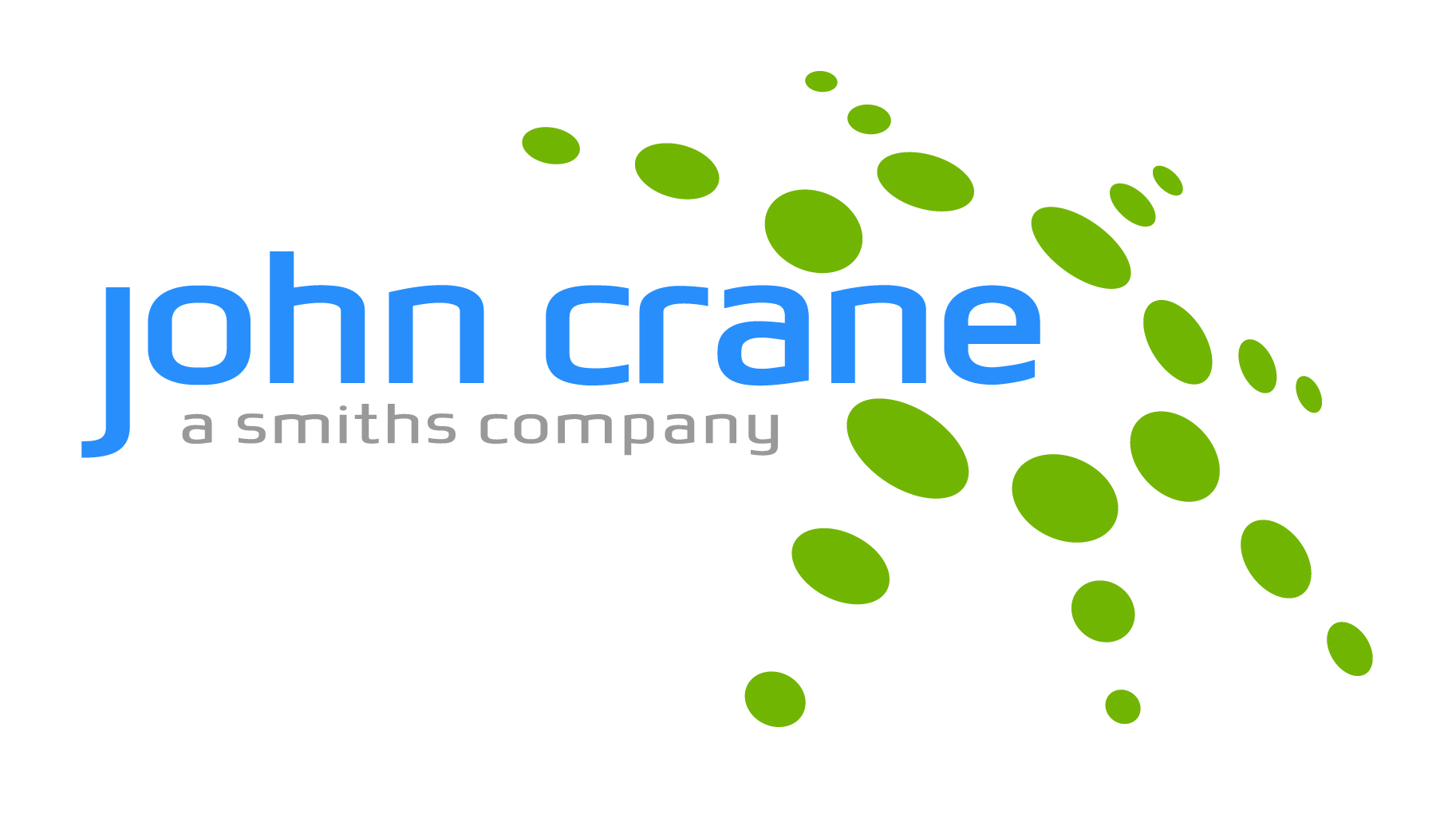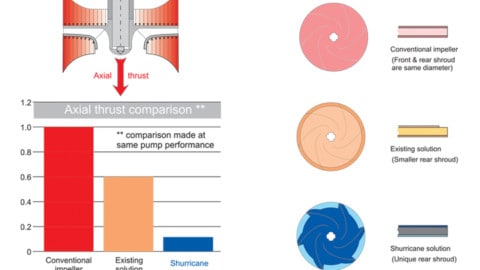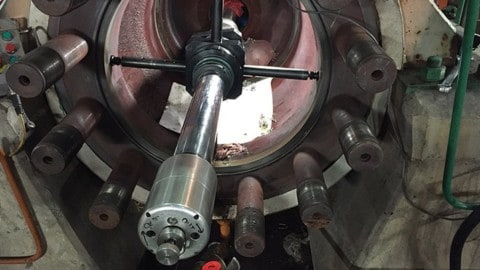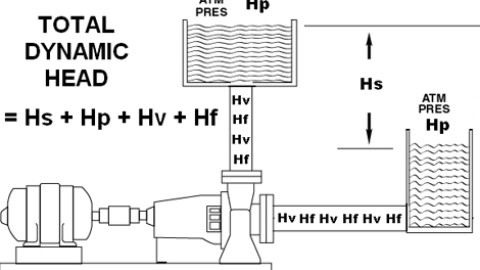Coupling selection is important to help keep pump equipment functioning efficiently and reliably, and keeping maintenance costs down. However, with many different types to choose from for various applications, it can be difficult to determine which one is most suitable. Here, we look at the two main categories of couplings and what factors need to be considered during the selection process.
Couplings have a variety of functions, with the most common being to connect the pump shaft and motor shaft to ensure the motor is efficiently transmitting power to the pump.
Other functions include accommodating misalignment and maintaining alignment, allowing for axial adjustment of the shafts, transmitting or not transmitting axial thrust loads and vibration, and acting as a spacer between the driver and driven shafts.
They consist of hubs, gear or springs manufactured from various materials including synthetic rubbers and metals.
There are two primary groups of coupling: rigid and flexible. Rigid couplings are used in applications where a solid connection between two shafts is desired, with high precision and torque, but without misalignment absorption capabilities.
As they don’t allow for movement, frequent lubrication is required, and the shafts need to be perfectly aligned to ensure optimal performance and reduce the chance of breakages occurring.
If the connecting shafts are not precisely aligned, increased vibration, bearing wear and a shorter mechanical seal life are expected. Some examples of rigid type couplings include sleeve/muff, flange and clamp.
They are commonly used in some vertical turbine, vertical in-line and short set pump applications. Flexible couplings are used in applications where compensation is needed for misalignment, movement or deflection.
While they tend to have less torque transfer than rigid couplings, they are better able to reduce transmission of shock loads or vibration, as well as being better able to accommodate axial, parallel and angular misalignments.
They are commonly used in horizontal, base plate mounted pump applications.

Flexible couplings can be categorised as one of three types:
- Mechanically flexible: This type compensates for misalignment by means of clearances that are incorporated in the coupling’s design.
Examples of this type include gear, chain and grid-spring - Material flexible: This type relies on the flexing of the coupling element to compensate for misalignment. Examples of this type include jaw, sleeve, tire, disc, grid and diaphragm
- Non-contact magnetic: This type uses rare earth magnets to transmit torque by pairing opposite magnetic poles. They are separated by an air gap. Examples of this type include spherical, eccentric, spiral and nonlinear
Selection criteria
In order to select the most suitable coupling, the pump, and its application and maintenance requirements need to be considered as these will affect the type and size.
Some of the key considerations include:
- Motor horsepower and operating speed: These are needed to calculate torque to ensure the couplings maximum torque rating and maximum RPM rating are suitable. These ratings will differ between manufacturers and coupling type
- Operating temperature: Minimum and maximum operating temperatures are determined by the materials a coupling is manufactured from. Thermal expansion and contraction on the components that you are coupling together can also occasionally play a factor
- Space limitations: Different couplings have a specific range of distance between shaft ends (DBSE) that they can accept, and the distance required or that will be the most beneficial is dependent on the design of the pumping equipment
- Misalignment handling requirements and axial travel: Different couplings have limitations on how much misalignment they can take based on a variety of factors. If there is too much misalignment the coupling will experience premature failure
Other key factors that need to be taken into account include:
- Shaft and keyway sizes
- Type of driven equipment
- Chemical exposure
- Run cycle (continuous or start/stop)
- Torque uniformity
These are just some of the baseline selection factors that need to be considered, but there are a number of other system specific conditions such as ease of maintenance, ease of replacement for the coupling’s flexible elements, fail-safe, plant maintenance constraints, backlash requirements, etc.




















